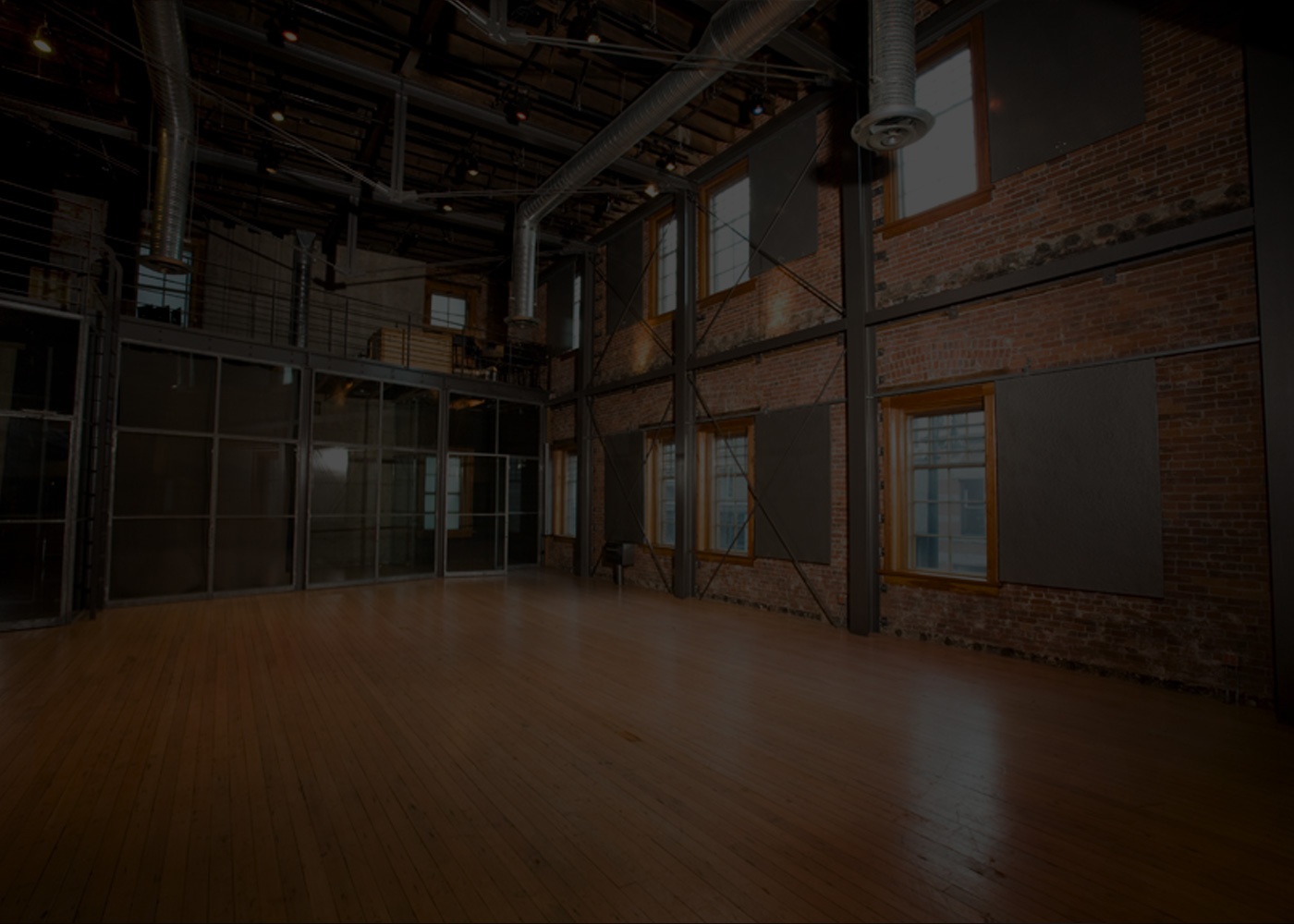The GO Train was proposed for Niagara in 2015, with an expected end date of 2023. The progress has been relatively unseen for those who are waiting in anticipation of the GO Train’s arrival. So, what is slowing down GO service in Niagara's progress?
Lack of infrastructure
One issue that Metrolinx faces to have the GO train in Niagara is the lack of railway they have to work with. Currently CN owns the corridor of tracks in Niagara, which means that Metrolinx, who owns GO Transit, must build their own in order to run GO Transit to the region.
Adding a new track also includes widening bridges and installing signal systems into the tracks. Niagara lacks these critical pieces of infrastructure that are needed to operate the GO system into the region at a daily, year round level.
GO expansion next steps
In order to complete this project, the next steps will include adding to their transit fleet. Metrolinx currently lacks the numbers to run transit into the region, both trains and buses. At peak times, GO Transit deploys their entire fleet, leaving no resources for any added routes. As they add new tracks, they also need to add to their fleet of buses and trains.
A new second track will be installed from Stanley Avenue all the way to the Niagara Falls Via station, including grading and resignalling. Along some of the track there will be three additional projects to be completed. They will have to conduct a rehabilitation of the Twenty Mile Creek bridge, as well as complete 17 culvert extensions and 17 level-crossing upgrades. The track from Stanley Ave to Niagara Falls Via will include two crossovers and four level-crossing upgrades as part of the GO expansion.
Accommodating Niagara
The Niagara region is projected to grow to almost 500,000 people by the year 2031. Introducing GO train service into the region will help accommodate the growing region, and also foster more development and regional growth surrounding the transit. Studies show that property value increases with proximity to transit, which means development in Niagara could see a boom as the transit system gets closer to completion.




